It wasn’t long ago when handgun manufacturers were hesitant about committing to the red dot revolution. Many eased their way into the market by offering two models — one with a traditional slide and one with an optic cut slide. Now that red dot sights have caught on, optics-ready slides have become standard on defensive handguns. But popularity doesn’t establish technical superiority. This was reinforced when I hit the range with the Springfield Hellcat OSP. I found the design of the stock U-Dot Hellcat sights very easy to pick up and align. Could they be all I need?
There’s no doubt that placing a bright red dot on a target is easier than aligning a post and notch on a target. However, the more proficient you become with your pistol the narrower the red dot’s edge becomes. Afterall, the mechanics of presenting the pistol to the target remains the same. The difference is what your eyes focus on. With a red dot, you focus on the target; with traditional sights, you focus on the front post.
Red Dot Sights vs. Iron Sights Conundrum
When I took the California-legal Hellcat OSP for its maiden voyage, I set it up with a red dot that only had an auto-brightness feature. There were no brightness controls. I placed a white target in bright California sun and shot underneath an enclosed awning. When I raised the red dot to the target, it was faint. Its electronics adjusted the brightness to the ambient light of my shooting position. If it read the light at the target, the dot would have been brighter. Not wasting a trip to the range, I used the factory sights instead.
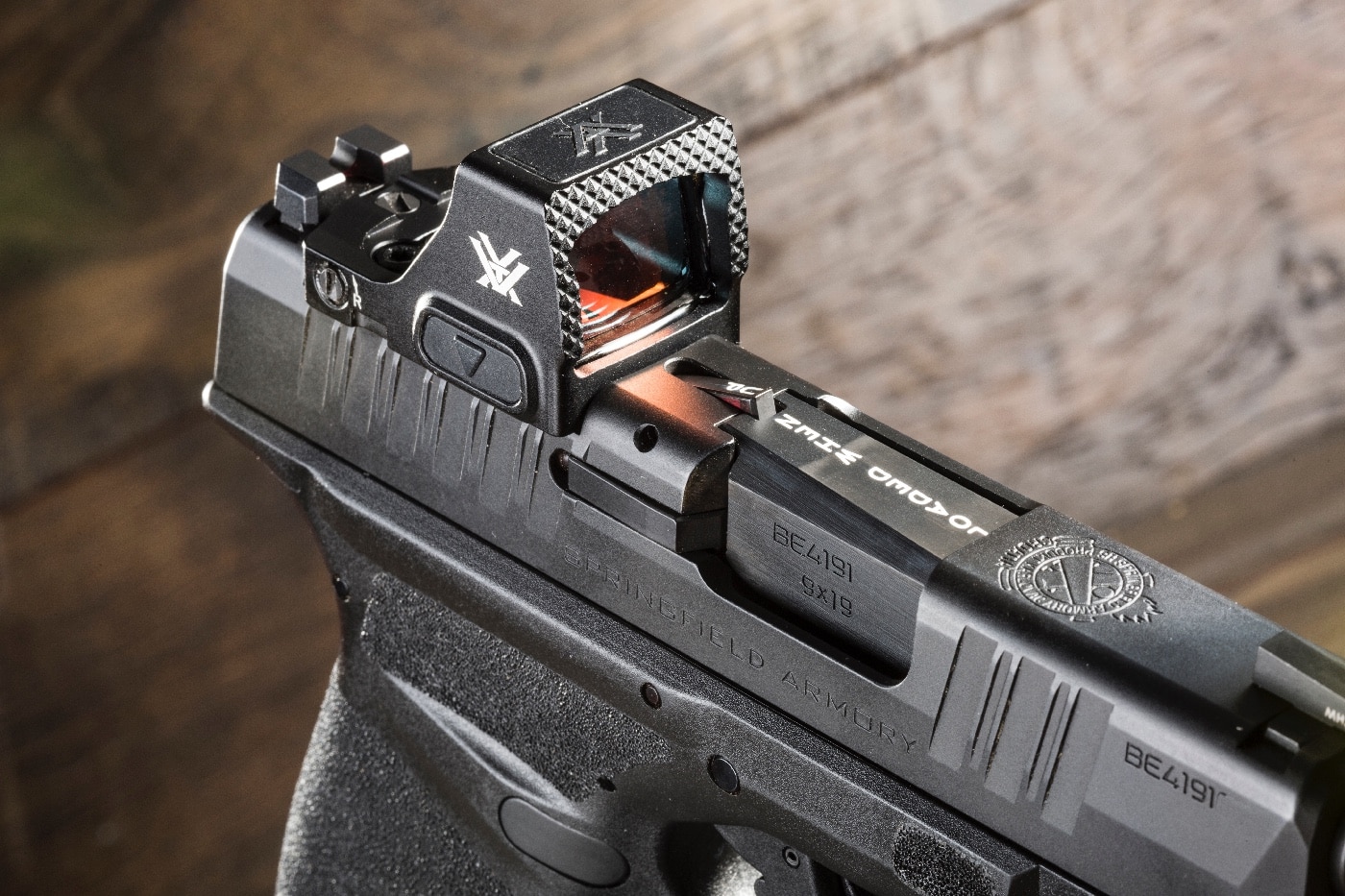
I found the bright yellow front ring and U-lined rear notch simple to pick up and easy to align. I continued shooting and enjoyed the rest of the day. At home, I looked to replace the red dot with a one with manual brightness adjustment, but I couldn’t help but like the design of the factory sights.
Curious to see if there was a big difference between shooting with iron sights and a red dot, I added a different red dot and hit the range again.
New Pistol Optic — Vortex Defender CCW
The red dot I selected with a Vortex Defender CCW. The Defender CCW is equipped with either a 3 MOA or a 6 MOA dot (I picked the latter) and “up” and “down” buttons for the 10 available brightness settings (eight for daylight, and two for night-vision).
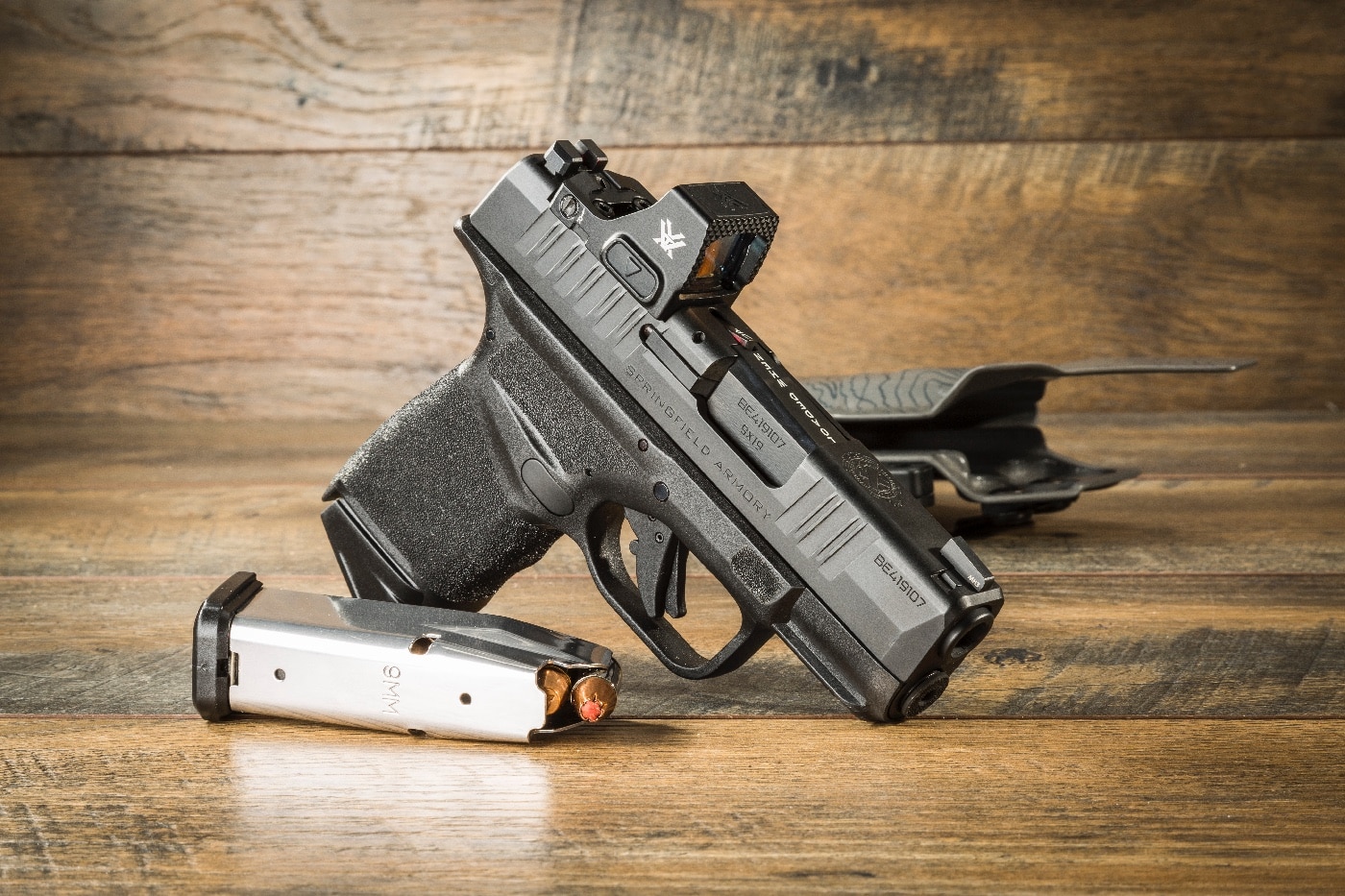
For me, a 6 MOA dot makes for quick placement on close-distance targets. The lens is parallax-free, which means that as you move your head the red dot remains fixed on the target. Two other features I like are the large window and that the image outside of the frame aligns with what you see through the lens. The lens on some red dots alters the perspective.
Which Has Better Accuracy — Red Dot or Irons?
At the range, I set up 1” and 6” pasties at 10 yards. A 6” target is roughly the size of the vital zone. The 1” target was for precision. I don’t have a private range where I can shoot from the holster, so I conducted my live-fire test with the Hellcat OSP in a low-ready position. My goal was to get a proper sight picture, shoot a single shot, and repeat 5 times. The groups would be what they were.
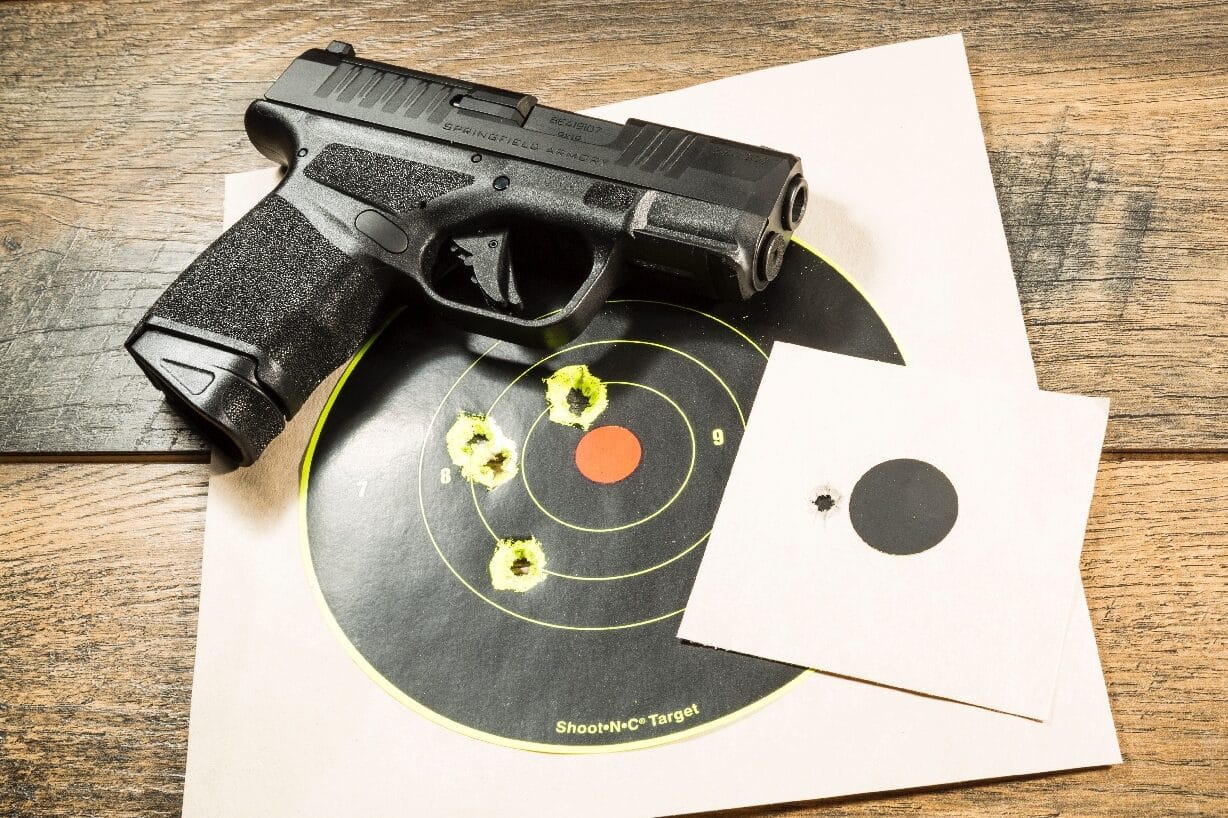
I’m at that age where I need reading glasses to get a crisp view of the sights, but my distance vision is good. I shot the test without corrective lenses. This is real world for me as I, like many other people with Presbyopia, typically wear reading glasses suspended from the shirt’s collar or in a shirt pocket.
I tested the stock sights first. Its edges were not crisp due to my eyesight, but I could see the front ring, center it, and square off the sight’s top edges. The group size was 1.9” and within the center of the 6” target. I call that a success.
I then switched to the red dot. It’s not surprising that the bright dot is easier to resolve, especially when the focus is on the target. The group size was 1.9” also. In a defensive situation you don’t get extra points for group size, anyway. The goal of a chest shot is to stop a deadly attack.
I turned my attention to the 1” dots and fired a single round with both sights. I was marginally closer with the stock sights. This has more to do with me than the sights, so for practical purposes I believe both are equal here, too.
Speed
What about speed? Can I pick up the red dot faster than the stock sights? I tested this at home with dry-fire drills and utilizing a Mantis X10 Elite as a shot timer. I have a N8 Tactical Xecutive holster for this purpose. [Ed. note: Be sure to read Paul Carlson’s Mantis X10 Elite review.] The Streamlight TLR-7 Sub option fits the Mantis X10 Elite fits perfectly. I wore the holster inside the waistband on my hip.
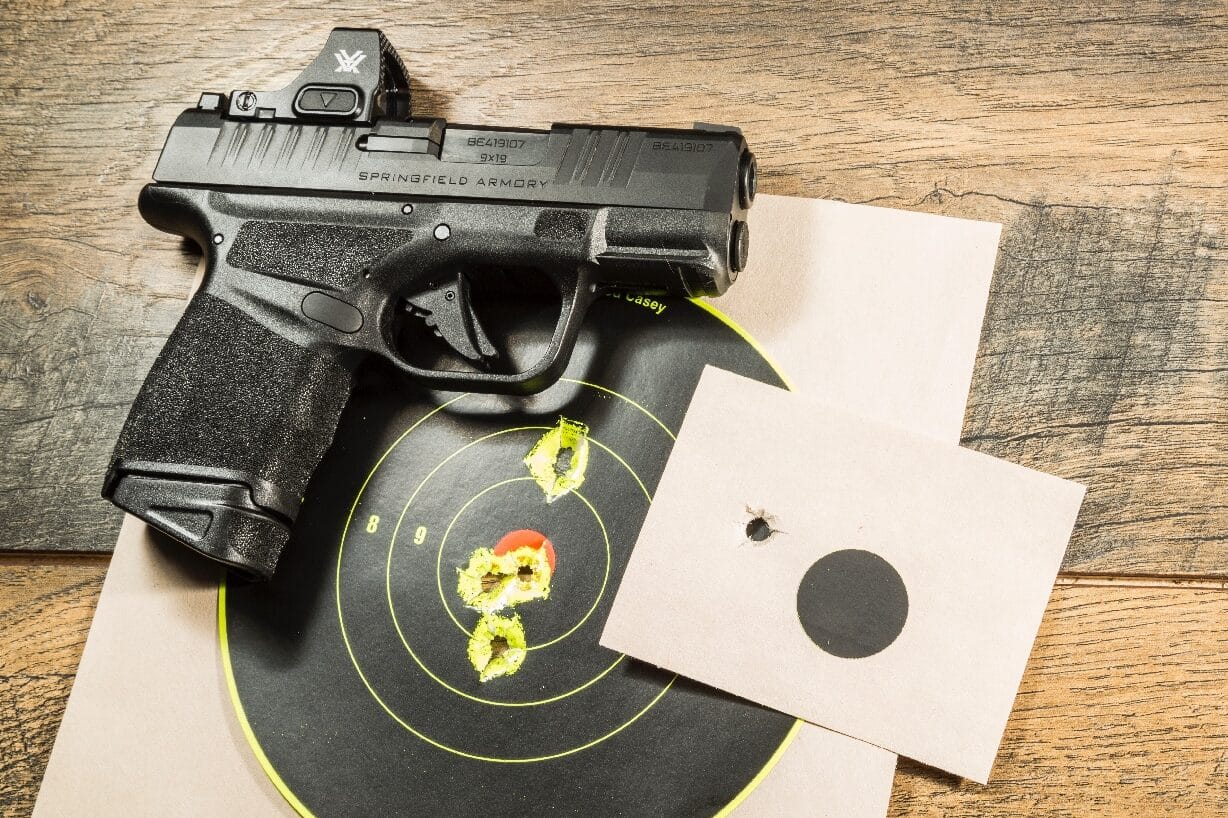
I shot the drills without warming up. My initial times with the stock sights were 1.8 to 2.0 seconds, but as I warmed up, they hovered around 1.7 to 1.8 seconds. My initial times with the red dot were 1.7 seconds and dropped to 1.6 seconds. Faster is always better as long as the accuracy doesn’t suffer. The red dot got the edge here, but not by much.
The times are close because the mechanics to get the sights eye level is the same for both sights. As I raise the pistol close to eye level, I pick up the sights in the periphery of my vision. What’s different between the two is that as I fully punch out, my focus shifts to the front post of the stock sights. With the red dot, my focus remains on the target.
Nighttime
In darkness, a bright red dot is much easier to see and aim than something that glows, but don’t count out the stock sights. Encapsulated in the Hellcat OSP’s front sight is a Tritium vial. It is surrounded by a luminescent ring. Together, they form a large yellow-green dot that is highly visible in the dark. The white line on the rear sight does not glow, so it disappears when there is no light.
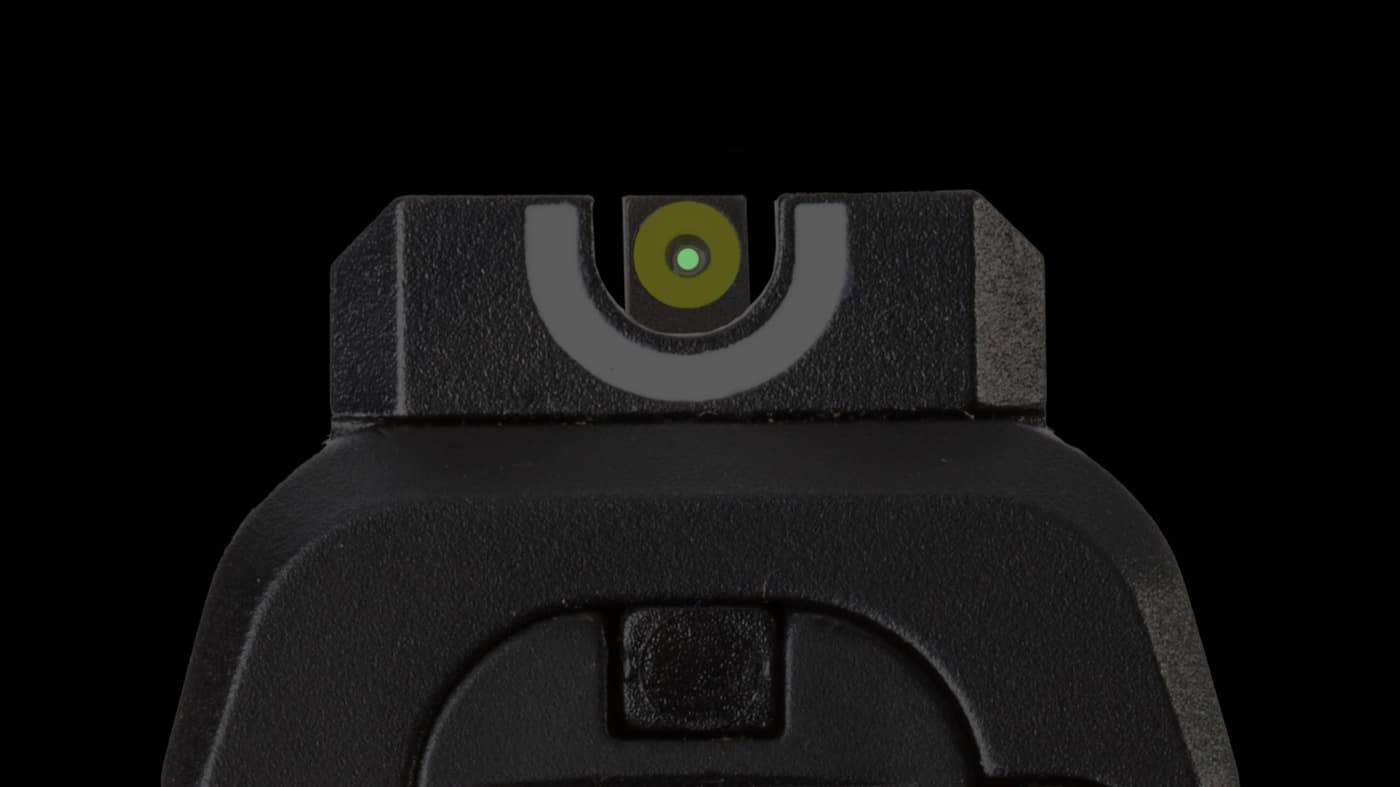
In a real-world scenario though, you will likely carry a handheld and/or have a pistol-mounted light to identify friend or foe. The light will splash onto the sights, making the rear sight visible. If you’re shining a weapon-mounted light, it will create a stark silhouette of the sights, making them easy to align. Having trained in shoot houses and outside simulators at night with many types of sights, I found the Hellcat OSP’s stock sights excellent for this type of task.
Summary
Typically, my first upgrade on a pistol is replacing the factory sights. Not so with the Hellcat OSP’s sights. They show that Springfield Armory understands the importance of visibility under many light conditions. The front sight is bright and seemingly large, making it quick to pick up even with older eyes. [Be sure to read Justin Opinion’s article Best Pistol Sights for Old Eyes.]
The U-notch makes for very instinctive alignment. A red dot is much easier to get on target in all cases, but the Hellcat’s sights aren’t far behind. In a defensive situation, the limiting factor will be you and not the sights.
Editor’s Note: Please be sure to check out The Armory Life Forum, where you can comment about our daily articles, as well as just talk guns and gear. Click the “Go To Forum Thread” link below to jump in and discuss this article and much more!
Join the Discussion
Featured in this article
Read the full article here



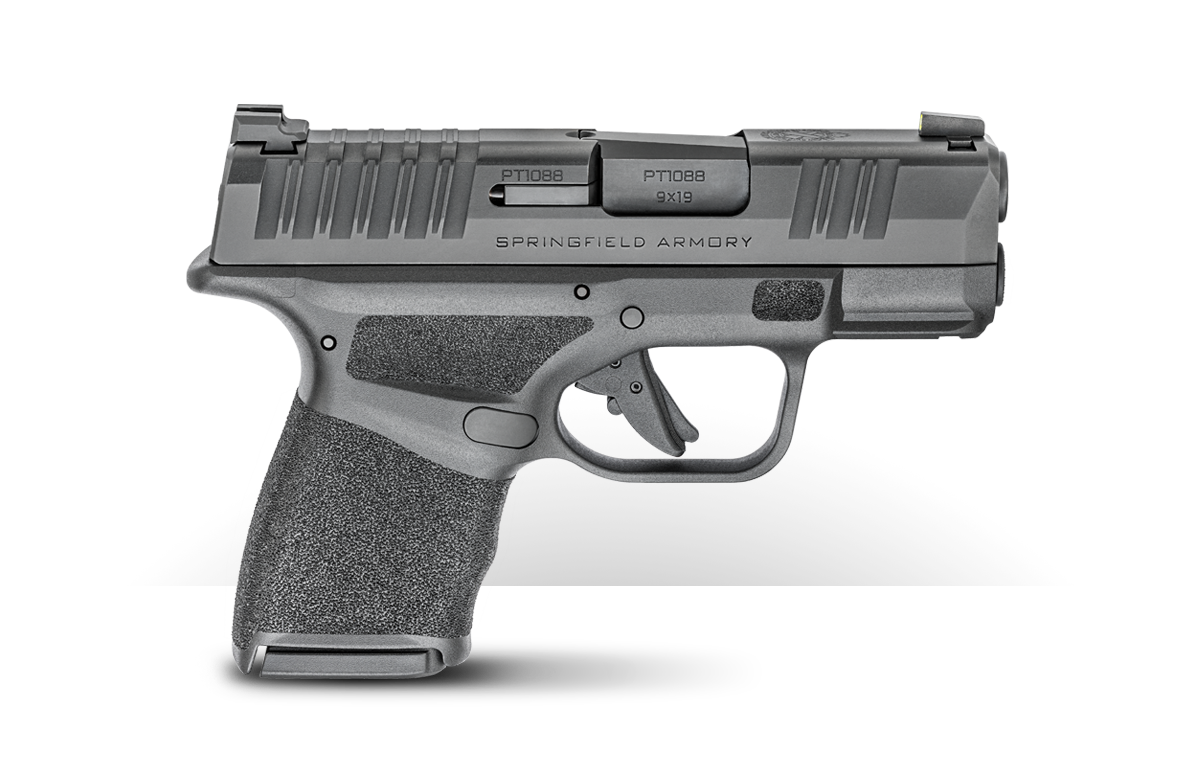
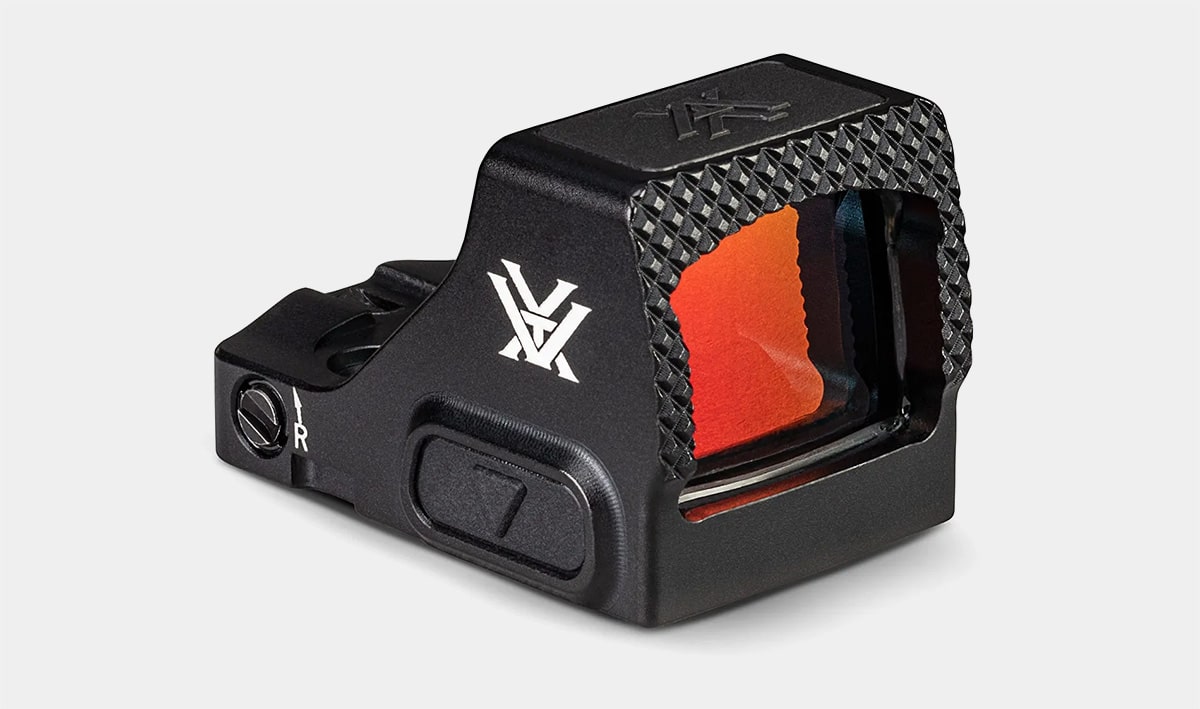
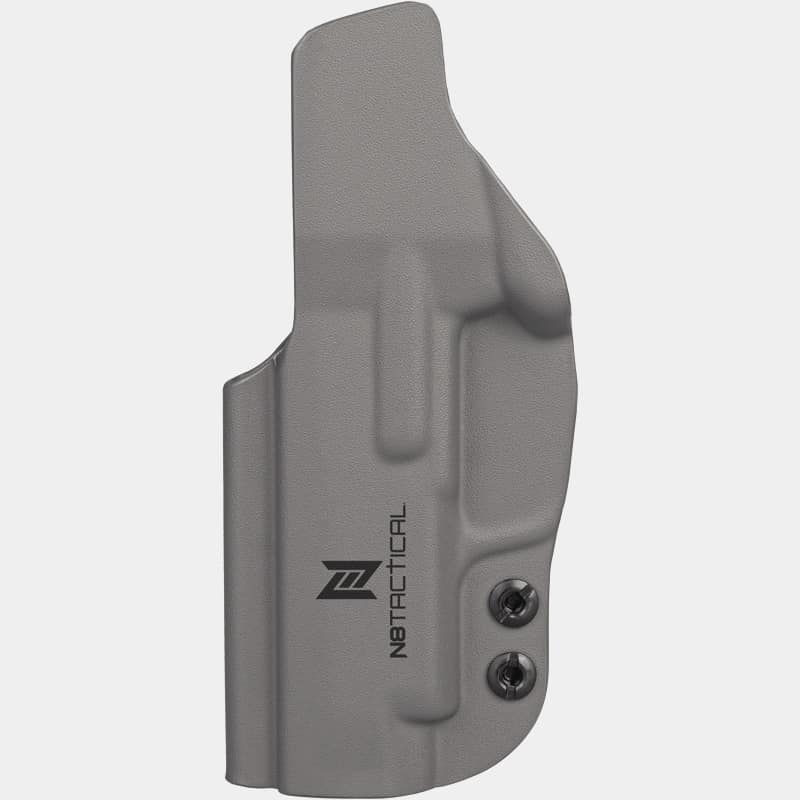
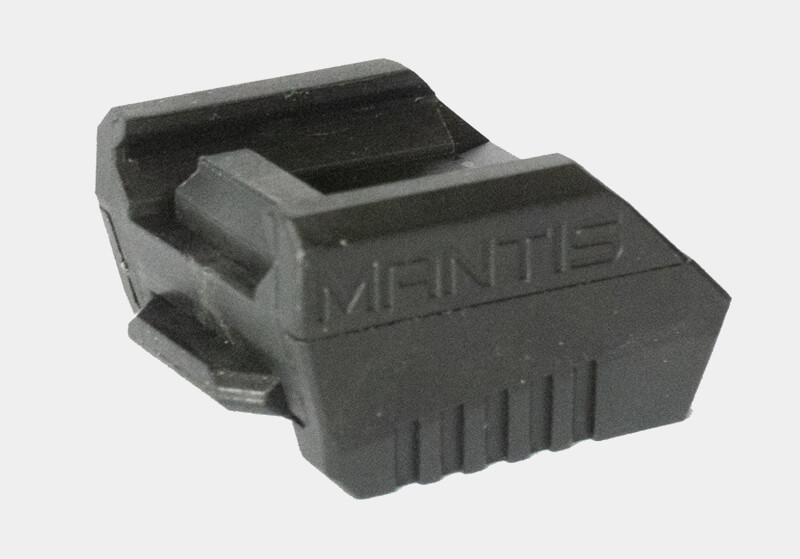



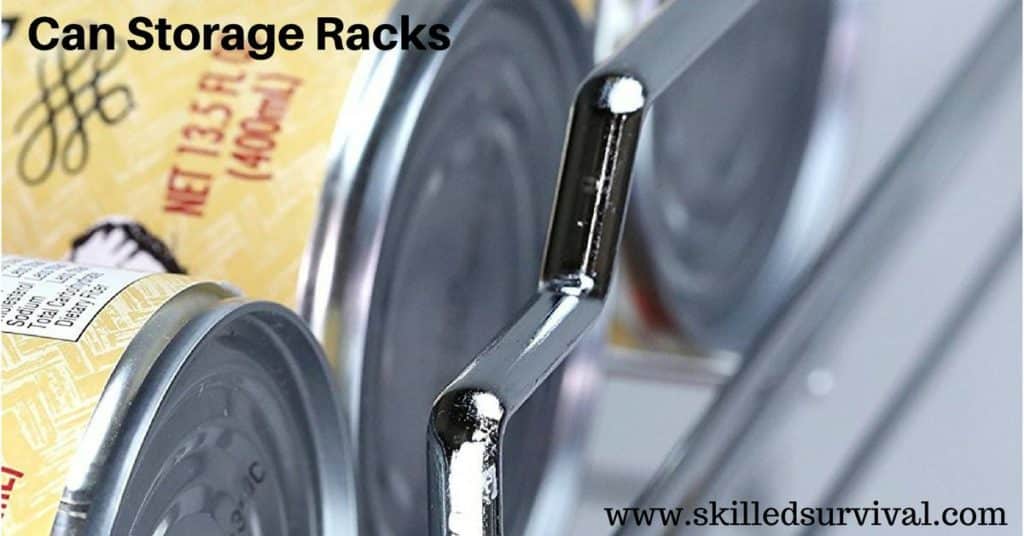




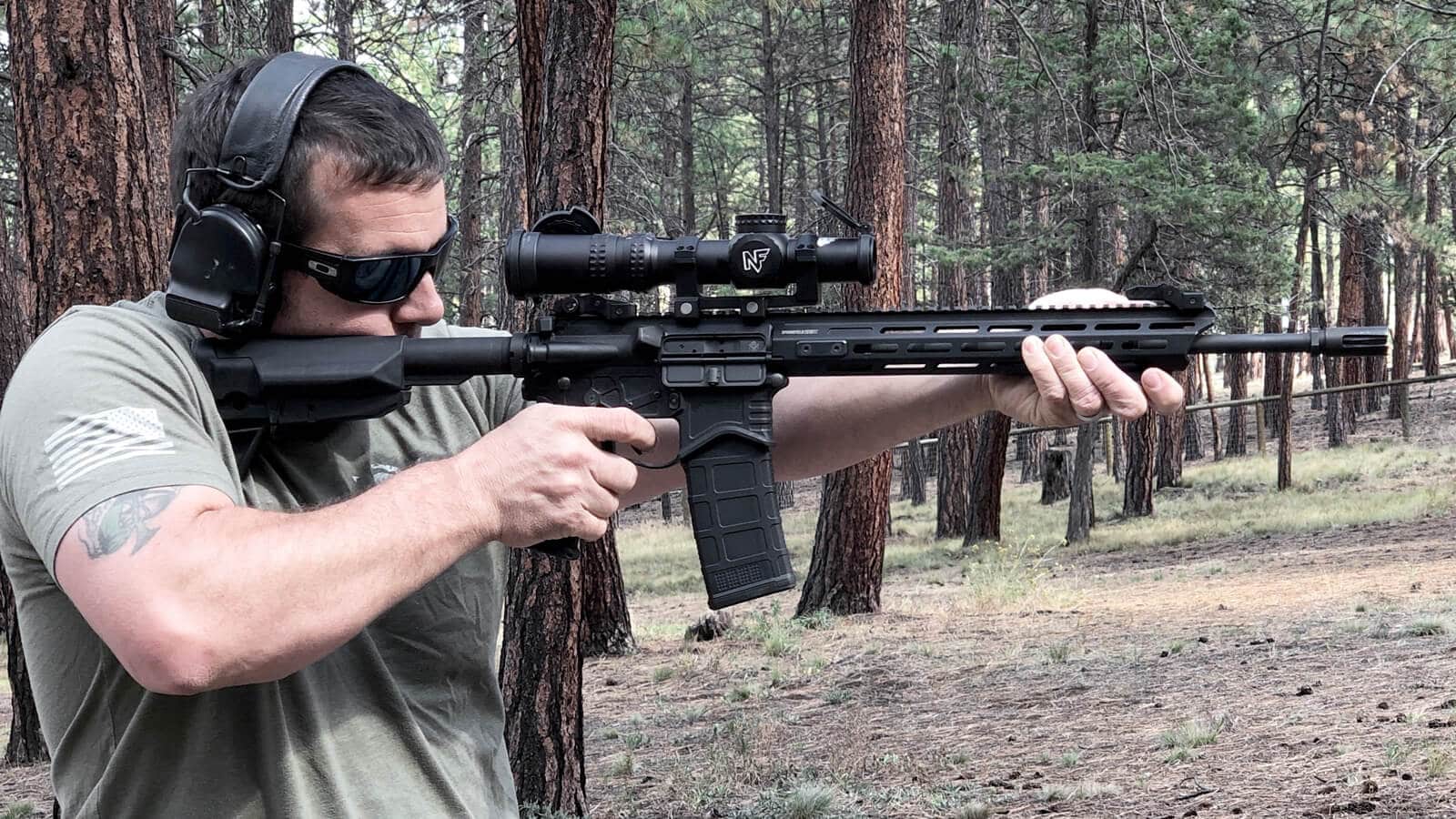
Leave a Reply